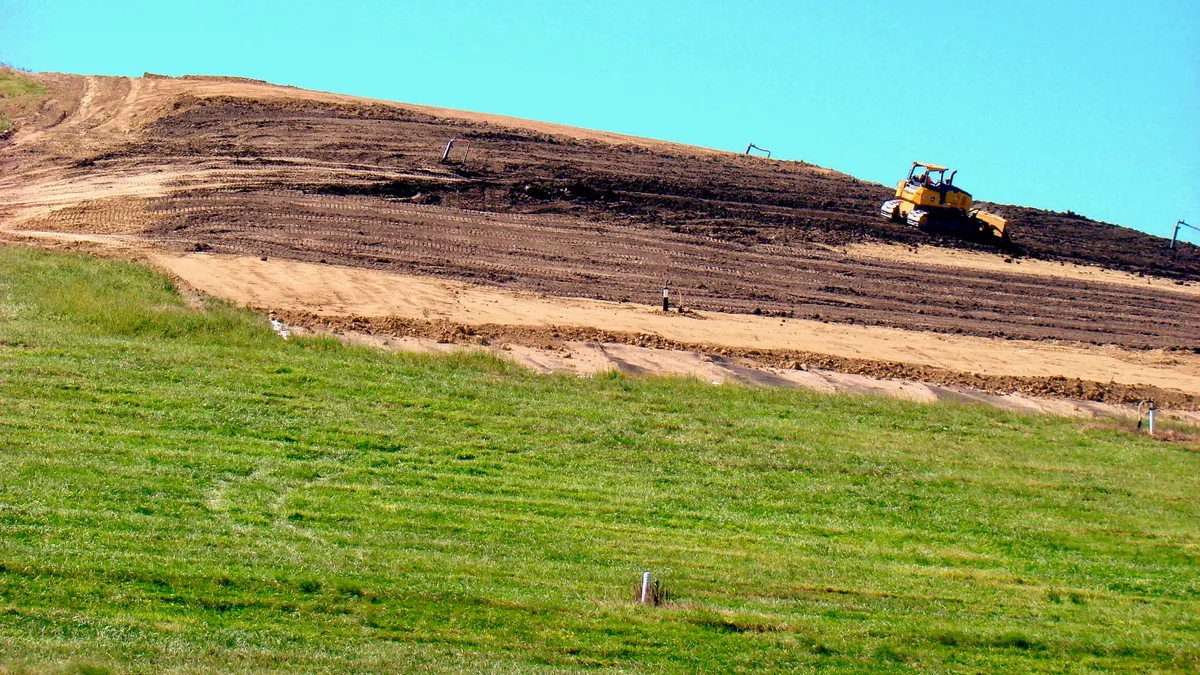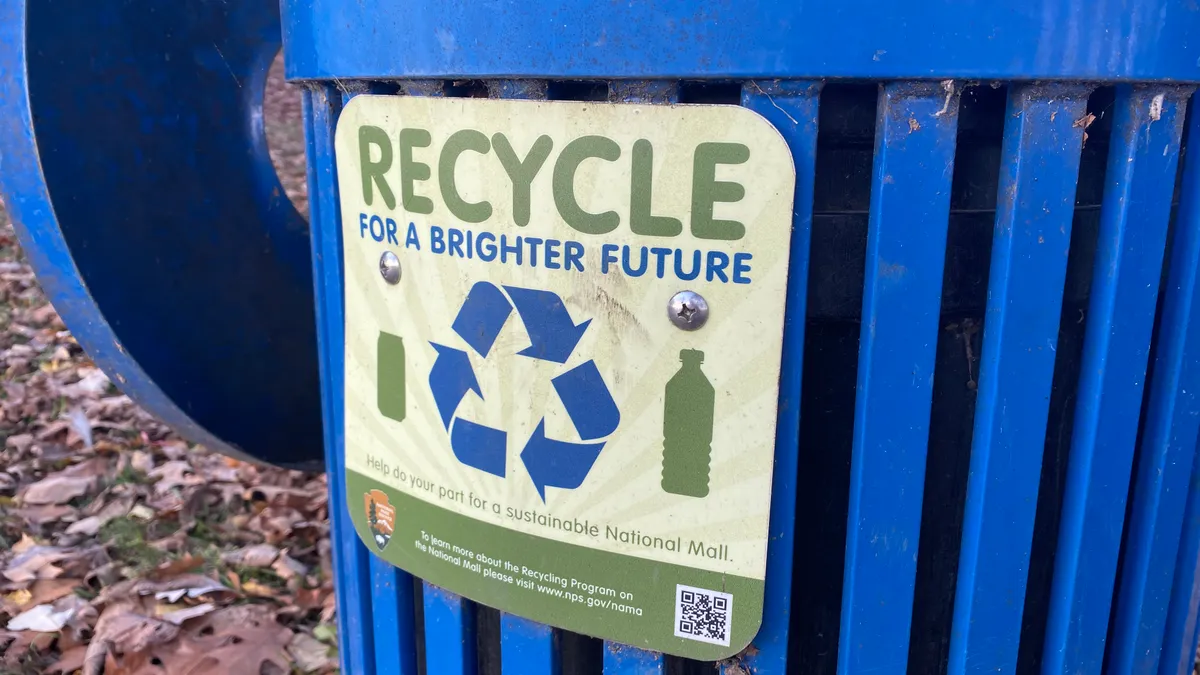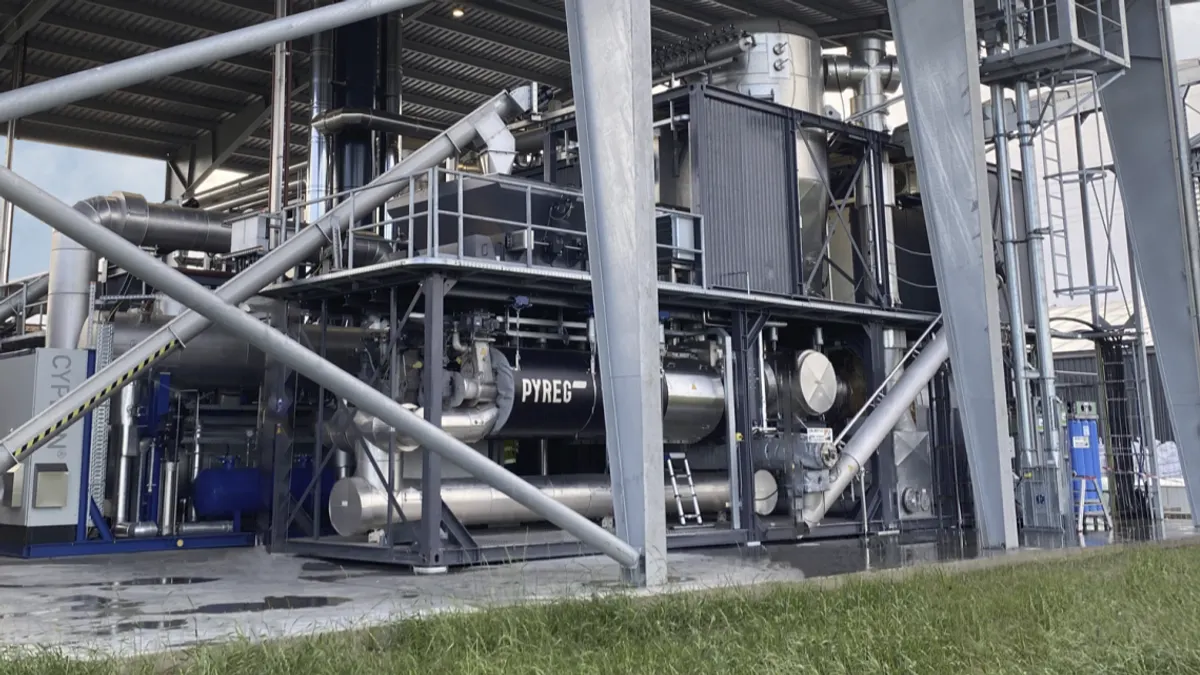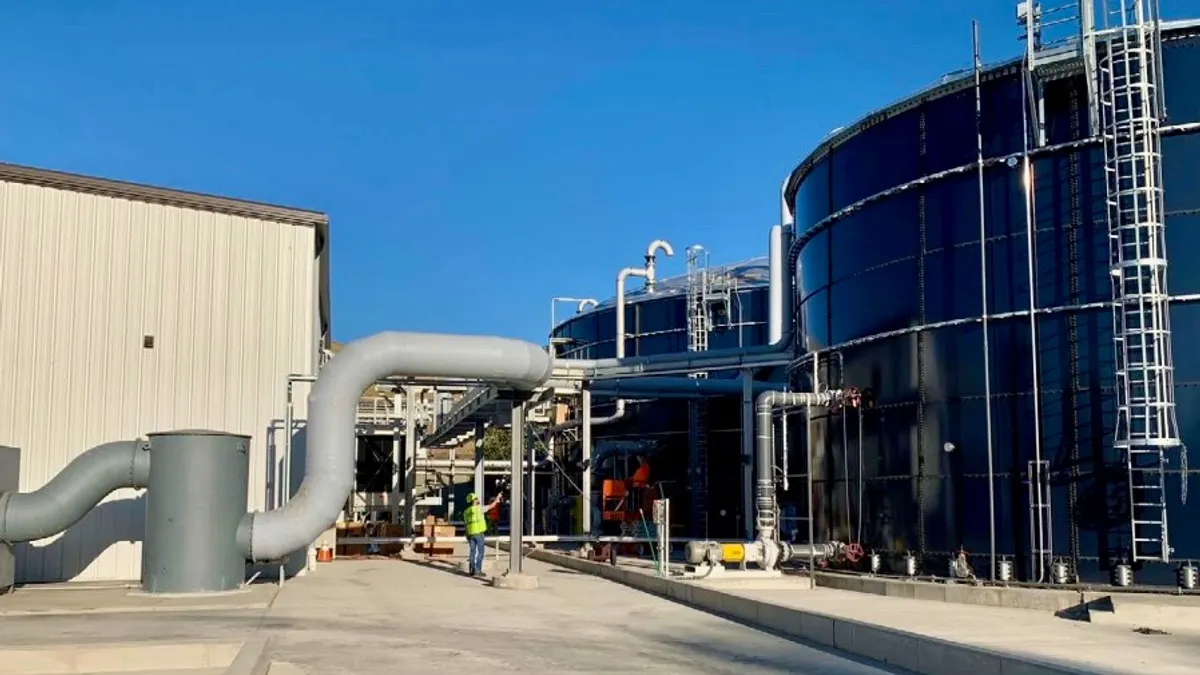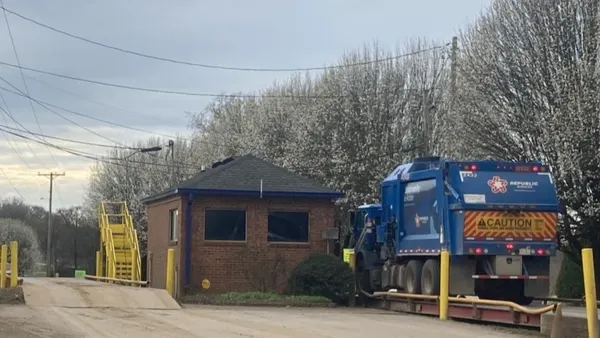The following is a contributed piece and does not reflect an editorial position by Waste Dive. Information on what that entails and how you can submit is available here.
Landfills are a flawed but necessary part of the current waste management process. Until we can greatly diminish our production of non-recyclable waste, they will be needed for its management and disposal.
Fortunately, processes like mining offer a potential – albeit still limited – solution to minimizing the impacts of these landfills. While a relatively new practice in the recovery industry, landfill mining has shown it can provide tremendous benefits despite cost concerns.
The purpose of landfill mining
Landfill mining operations extract and reprocess materials from older disposal sites. On the simplest level, the ultimate aim of the process is to “mine” landfills for recyclables or reusable materials which can then be refined or sold as is to the scrap markets. This practice has generally been employed as a means of waste management, with landfills being mined when it becomes necessary to increase space to meet current disposal capacity needs.
In other cases, though less commonly, landfill mining operations are deployed to address environmental concerns. In these scenarios, the process aims to remove hazardous waste that may be dangerous to the surrounding environment or the local population.
We’ve found there are currently multiple techniques being deployed in the mining process. Techniques vary, as sometimes a process must be modified to adapt to and address a specific need. In other cases, the sorting technologies can partly dictate the technique, and resulting processes vary substantially. Common technologies being deployed and tested in landfill mining applications include trommel, disc, or vibratory screens; magnetic separation and often mass excavators.
Current challenges and costs
Although it’s fair to say the practice is in its developmental years, landfill mining has shown some noteworthy benefits – albeit not without its share of drawbacks.
On a high level, while the process has been researched over the past decades, there are some claims that the full implications have yet to be fully explored. In other words, few scientific studies have been conducted that thoroughly examine landfill mining’s full technical and economic feasibility. This can make it a crapshoot in determining both where and when it’s advisable to mine a landfill. At this point, some hard research is needed to really help the waste industry determine the scope and scale necessary for operations to have the desired impact while remaining economically feasible.
Aside from the broader research shortfalls, some studies suggest there may be issues with methane emissions and local pollution due to disturbing and moving waste. Again, without a more thorough understanding of the full-scale implications of the process, it can be hard to determine whether potential methane emissions outweigh future environmental returns.
And of course, in other cases, the revenue from selling reclaimed waste has not kept up with projections or expenses. This has only become increasingly true as stricter regulation, such as China's scrap import policies, have made contamination a larger concern.
Lastly, depending on the nature of the landfill and its waste, the necessary equipment can be expensive to purchase and operate. The costs of landfill mining are exacerbated by the non-uniformity of metals and other desirable materials in the waste. Some projects earn millions in profits, while others languish in the red.
Benefits of landfill mining
All of that aside, it’s important to understand that, while still a relatively new process, landfill mining has clear benefits:
-
Environmental: One of the key advantages of landfill mining is that it can be used to remove a number of hazardous materials from the landfills. As a result, it can help diminish landfill pollution, preserve soil quality and protect surrounding natural resources.
-
Community health: Pollution and other hazards from landfill use can also negatively affect communities. Removing materials that could damage soil or prove harmful to the surrounding air or water quality can help protect public health.
-
Economic: The potential economic gains are significant. Extracted recyclable or combustible waste can be sold. More important, from a long-term perspective, mining also increases the available space in landfills. This can lead to larger cost-saving benefits over the long term.
Currently, the economic question is perhaps the most significant for most waste management organizations. While short-term yields from processed materials may be limited, reclamation of space is often a massive cost-saving measure for municipalities and private companies.
The good news for everyone else is those economic incentives can help drive the environmental and health benefits. As landfill mining continues to mature and evolve, we will hopefully see greater mitigation of the negative impacts of landfill use.
The future outlook
Of course, landfill mining is not in a static state. Improvements in the technologies used (some of which are already becoming available) could significantly enhance the benefits of landfill mining while minimizing the costs.
-
Screening and recovery improvements: New technologies are making it easier for mining projects to efficiently screen excavated waste and recover materials. This can have a major effect on the economics of landfill mining. More efficient processes mean reduced costs and improved revenue. Therefore, more projects can be self-sustaining.
-
Procedural advancements: To enjoy more of the benefits of landfill mining, municipalities and contractors can scale their operations. For example, using larger excavation tools can help decrease the cost to extract each cubic meter of soil. Additionally, better upfront analysis of the landfills can help prevent the initiation of unfeasible mining projects.
Landfill mining has a lot to offer. However, it remains a relatively uncommon practice. Furthermore, there are some negative perceptions due to a history of overpromising and under-delivering. Nonetheless, several efforts, particularly in Europe, are helping to show that more efficient technologies and processes can substantially improve the cost-benefit balance.
Additionally, research indicates that by getting greater buy-in from local residents, municipalities can more easily pay for mining and maintain projects. People in some areas have proven more willing to support efforts to clean up waste and protect public health and the environment.
It is likely that there will be a lot more interest in landfill mining once space starts to dwindle in certain regions. Worldwide, based on research published in the journal Waste Management & Research, there are over 2 billion metric tons of waste generated annually. With rapid urbanization, population increases and economic growth, the World Bank predicts this amount could expand by 70% over the next three decades.
The implications are straightforward: landfill mining and its associated technologies could quickly grow to become a necessity for the global waste management industry.
Doug Logan is an applications specialist with Aggregates Equipment, Inc. He has over 20 years of experience in both management and equipment sales positions within the waste industry.

